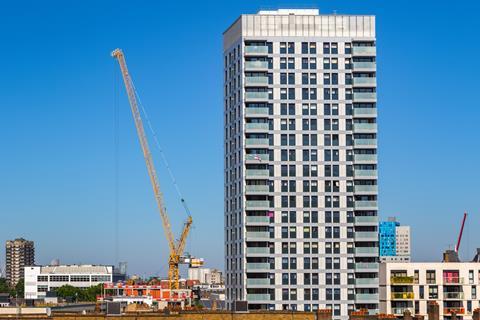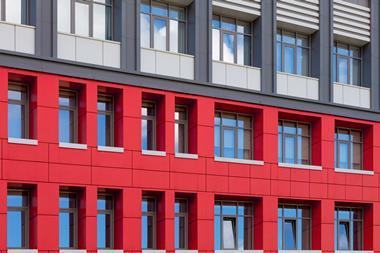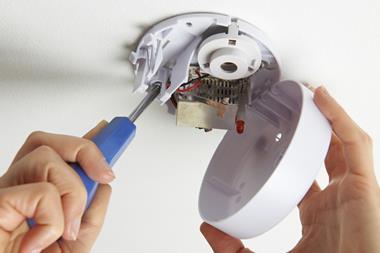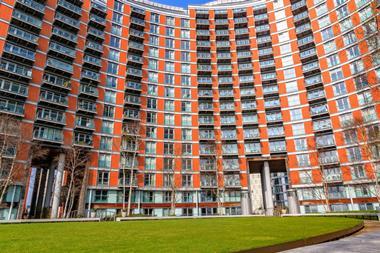With the government pushing the full cost of building safety works on to leaseholders, further problems have surfaced for residents and the insurance industry, as lines such as professional indemnity fail to deliver the services that society requires of it
Leasehold residents in high-rise buildings have been severely impacted financially by sky-high insurance premiums following the reaction to fire, cladding and safety systems post-Grenfell.
This was the message of Matt Hodges-Long, chief executive and co-founder of insurtech TrackMyRisks, at a recent webinar hosted by Insurtech UK. Titled ’Buildings Insurance Hackathon: Understanding the Problem’, the virtual event was attended by residents, construction professionals, brokers, regulators and parliamentarians.
The webinar discussed the knock on effects for residents and the insurance industry that followed the Grenfell Tower fire in June 2017, which claimed 72 lives.
Hodges-Long, said: “We have reached a critical point in the ability of the insurance market to deliver the services that society requires of it.”
He described this as a “market failure”. He deemed the fire at Grenfell Tower a “national disgrace” in the way the incident came to pass as well as the events that have happened since.
Market failure
“Most of the attempts to rectify the problem have actually made things worse for residents, for example government remediation funds compel the applicants to seek redress from whoever is deemed responsible for the buildings having safety issues. Building and fire safety is in a mess and this has caused contagion in the insurance markets, so that’s led to a flood of liability claims for insurers,” Hodges-Long said.
He cited a survey by the UK Cladding Action Group, which found that 23% of participants had considered self-harm or suicide as a result of the government’s new regulatory environment.
Meanwhile the lending banks are relying on a form system called EWS1, which is causing a paralysis for people trying to buy apartments in these buildings. In addition to this, the surveyors that need to sign this form are struggling to get professional indemnity insurance, which means they cannot complete that work, Hodges-Long explained.
Therefore, insurance specifically for blocks of flats is failing and professional indemnity insurance for certified professionals linked to safety is also failing, he added.
“The result – an increasing number of buildings are now either uninsured, significantly under-insured or paying unsustainable premiums,” he continued.
Hodges-Long warned that it now falls on the insurance industry to “accept that there is a problem, not deny it, and get together to do something about it”.
Read more…Government fast-tracks work with insurance industry amid draft Building Safety Bill
Not subscribed? Become a subscriber and access our premium content

Hosted by comedian and actor Tom Allen, 34 Gold, 23 Silver and 22 Bronze awards were handed out across an amazing 34 categories recognising brilliance and innovation right across the breadth of UK general insurance.




















































No comments yet